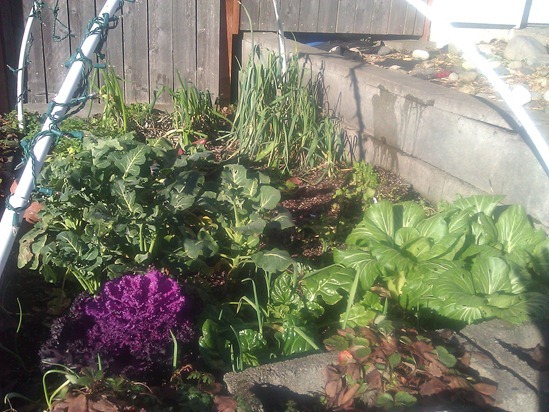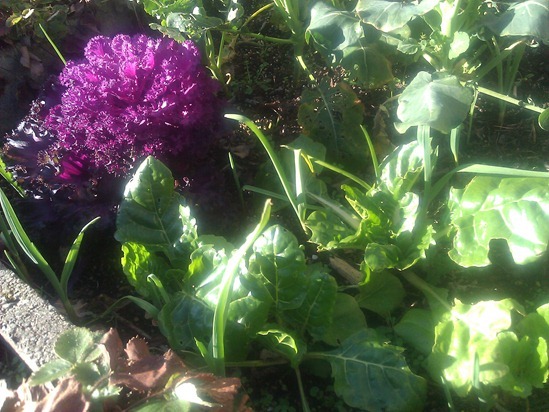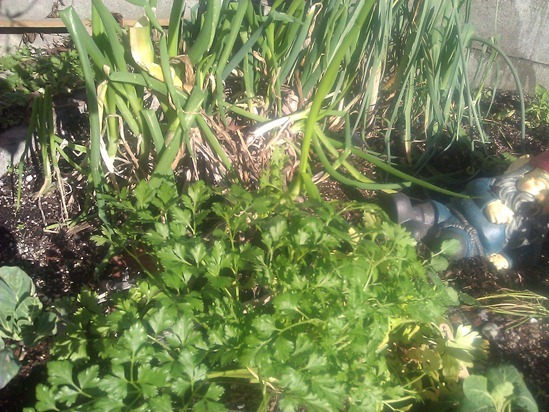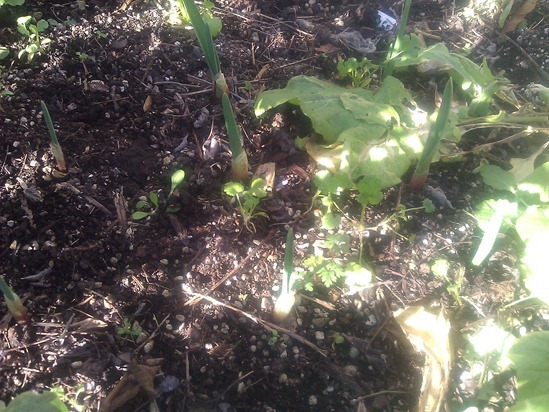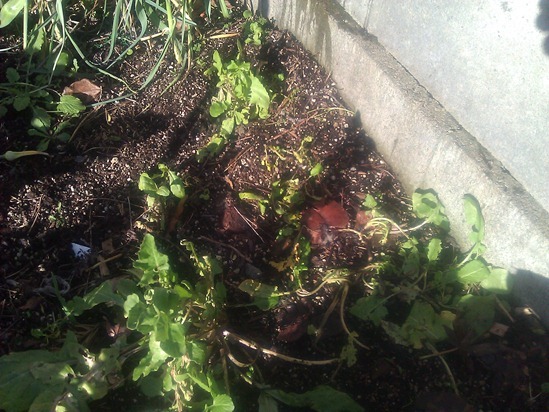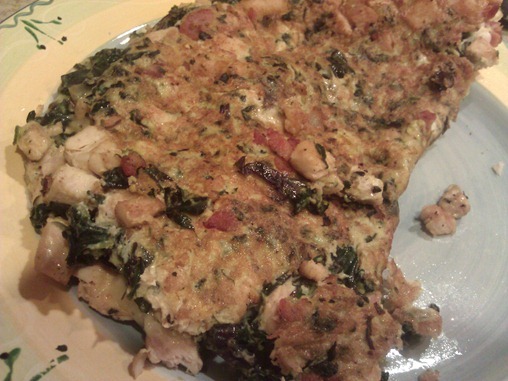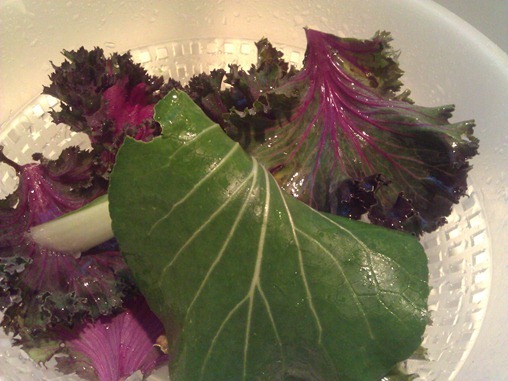How to Prepare Your Vegetable Garden for a Harsh Winter
10.5 years ago carrot, garden maintenance, guest post, kale, winter garden
According to Game of Thrones fans everywhere, winter is coming. And while this may mean snowmen, Christmas decorations and mulled wine for some, for the keen gardener it can mean fingernails bitten to the quick and sleepless nights worrying about cabbages.

Image credit: vegetable garden
Well, maybe we wouldn’t go quite that far – but after all the effort you’ve put into your vegetables, you won’t want your hard work to go to waste for next year. Fear not – we’ve got a guide on how to make sure that your vegetable garden is both ready for next year and useful throughout winter. Here’s how…
Harvest
First things first, take in all of the vegetables that are ready to be harvested and make the most of them. Make sure that you cure and store your produce properly, and you might just end up with a stash that will last all winter long!
Clear out
After you’ve collected all of your delicious vegetables but before you get started on the chutney, it’s time to clear up your yard. If you’re tempted to put this job off, think of it as a treat for your future self when you’re planting more vegetables in the spring. You’ll be glad you put the groundwork in when May rolls around! While you’re there, prepare perennial vegetables for survival by removing old foliage and stems.
Make your garden useful throughout winter
Though it may seem like all plants are dead in winter, there are a few vegetables that will actually be ready for harvesting when it’s very cold outside, so with a little preparation and clever planting you can make your garden produce food until late in the season.
- Carrots are actually sweeter when harvested after the frost. Plant them around late August or early September and cover them with straw for a little insulation.
- Plant kale and collards in mid-August and harvest young leaves from October onwards.
- It’s best to plant Spinach around four to six weeks before the first frost of winter – again, cover with straw, then harvest in late winter or early spring.
- November is the ideal time to plant overwintering onions.
- Don’t have space in the pantry for all of your produce? Don’t worry – your garden can act as a fridge. Bury cabbages, with their roots still attached and a marker in the soil above so you don’t lose them, and dig them up when you fancy bubble and squeak. Potatoes and carrots will also keep when buried in the garden, but add some straw over the top to protect them.
- Give your vegetables lots of compost and a layer of mulch, for nutrients and protection. And, while the soil is a great protector for vegetables – especially root vegetables – it won’t hurt to give them a little water before a big freeze, when it may be difficult for your plants to reach water. However, be wary of over-watering, which can lead to cold, soggy roots and very unhappy plants.
Plant a cover crop
You may not be using your whole garden to grow overwintering vegetables, so to keep your soil ship shape and ready for spring it’s a good idea to plant a cover crop such as buckwheat or rye. These plants will suppress weed growth, feed bees and keep soil in place, then they’ll act as a ‘green manure’ for your garden by breaking down and providing your soil with lots of lovely nutrients.
About The Author
This guest post was written by Ricky Peterson. Ricky is a keen gardener and loves spending time outdoors, he works at Swallow Aquatics, who sell various pond and garden supplies. Ricky also likes to travel and loves hiking and climbing.
Growing Your Own Kale in the Garden
10.6 years ago kale, winter garden

Kale is a vegetable that is up and coming in American society, both in restaurants and in the home kitchen. My favorite way to prepare it involves flash grilling over my fire pit and a homemade Caesar dressing, but the options are limitless.
Many people think that Kale is best grown in cooler areas, and while this is sometimes true, it is in fact a crop that can grow across a wide range of locations in virtually all seasons. Whether you’re planting from seeds or pre-grown starts, this veggie isn’t hard to grow and provides plenty of nutrition to make the process worth your time.
While you as the grower can decide how technical you want to get when growing kale, there are some basics below in case you’ve never grown anything similar. While the duration of seed to harvest will be determined by a number of factors, here are some tips to get you from start to finish.
1. Preparing the right soil
Kale grows best in moist but not damp soil, with mid-level pH and not too firm structure. The plant likes the ability to have space within the ground, but not too much. This veggie will grow in a plethora of soil conditions, but can become increasingly bitter if placed in compromising conditions.
Take home: Find a good soil and keep it moist. If it’s too acidic, add some wood ash or some other natural substance to neutralize it. You’ll be good to go!
2. Determine ideal positioning in garden by season
While kale can grow across seasons, it’s beneficial for you to consider the position of your planting with relation to the weather. If it’s the middle of summer, find a spot where a certain amount of shade will be offered on a given day. If it’s fall, aim for a spot that will receive constant sunlight. Balance is key for kale!
Take home: Kale grows much more efficiently and becomes more delicious with proper positioning. While avoiding over analyzing the situation, use good judgment and plant it where you think it has the best chance at growth.
3. Focus on keeping the soil moist
Kale really flourishes with moist soil, and it’s imperative that you keep it satisfied. If not, the leaves can become brittle and bitter to the taste. When then plant is just under a foot high, you can begin cutting the leaves off, but be sure to maintain watering all the way through the journey.
Take home: Most plants thrive with moisture. Kale is no different. While this vegetable can and will grow in a variety of situations with a wide range of unique methods, for optimum results, moisture is your ticket to sweet kale.
Regardless of whether you’re aiming to make bulk amounts of kale Caesar salad like me, or simply want to grow a nice veggie for your early fall family reunion, kale is a forgiving plant that will be sure to please the crowds.
Mackenzie Kupfer is a writer and gardener. She’s been growing tasty treats like kale in her yard for many years and likes to spread the wealth of her ventures by sharing wisdom online and veggie dishes at home.
Winter garden survivors
12.2 years ago bok choy, garlic bulbs, kale, winter garden
Saturday we had a rare occurrence here in the Pacific Northwest, this large ball of warm gas, which in some areas they refer to as the sun made an appearance. It raised the temperature so much I had to take the cover off my winter garden so I decided to do a little weeding and take some pictures.
The Chinese cabbage (bok choy) is looking great and I need to remember to cook with it shortly.
The kale and Swiss chard is also growing strong…think I might have some cooked greens in my future.
The parsley and onions needed a little cleaning up but still nice and green.
The garlic bulbs planted last fall are now starting to emerge with some stray cilantro in gabs between them.
The arugula is still alive but a little mangled from some of the snow that the hoop cover did not keep entirely off. For the beginning of February the garden looks the most alive it has ever been this time of year.
Winter veggie and Turkey Omelet
12.4 years ago bok choy, kale, onions, spinach
Had an abundance of turkey from Thanksgiving and plenty of veggies in my winter garden so figured a nice healthy omelet for dinner might help out the recovery from the nutrient lacking foods I ate the day before.
Specifically I used Kale, spinach, green onions, and bok choy. You can see the recipe I used for this veggie and turkey omelet here.
